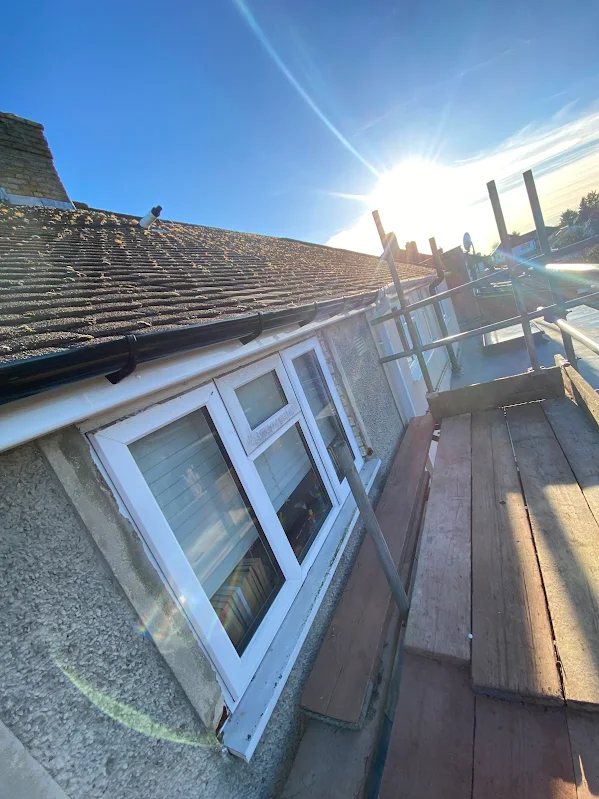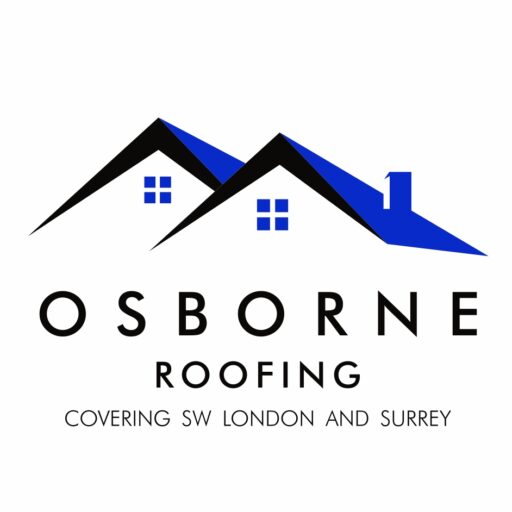+44 7853 968135
Do you need a structural engineer to remove a chimney?
Removing a chimney from your UK property involves complex structural considerations that extend far beyond simple demolition work. The decision to remove this architectural feature requires careful planning, professional expertise, and adherence to building regulations that protect both your property’s integrity and your family’s safety.
Understanding the structural implications of chimney removal is crucial for homeowners contemplating this significant renovation project. The process involves multiple professionals, regulatory requirements, and safety considerations that can significantly impact your property’s value and structural stability.
Do I Need a Structural Engineer to Remove a Chimney?
Yes, you absolutely need a structural engineer for chimney removal in the UK. This professional requirement isn’t merely a bureaucratic formality but a critical safety measure that protects your property’s structural integrity. Structural engineers possess the specialised knowledge to assess how your chimney’s removal will affect load-bearing walls, roof stability, and overall building structure.
The structural engineer’s role extends beyond simple assessment to comprehensive planning and oversight. They’ll conduct detailed calculations to determine whether additional support structures are required, specify appropriate materials for any necessary reinforcement work, and provide certified drawings that satisfy building control requirements. Their expertise ensures that removing your chimney won’t compromise your property’s structural stability or create dangerous conditions for occupants.
Need some Support with your chimney removal? Speak with a member of our Professional Chimney Removal Team here

Do You Need Building Regs to Remove a Chimney?
Building regulations approval is mandatory for chimney removal projects in England and Wales. The process requires submitting detailed plans to your local authority’s building control department, including structural calculations and proposed methods for maintaining building stability. This regulatory oversight ensures that all removal work meets current safety standards and building codes.
The building regulations application process typically takes 4-6 weeks for approval, during which building control officers review your structural engineer’s calculations and proposed methodology. You’ll need to demonstrate that the removal won’t affect neighbouring properties, that adequate support will be provided for any affected structures, and that the work complies with current building standards. The UK Government’s planning portal provides comprehensive guidance on regulatory requirements for chimney modifications.
Can I Just Remove My Chimney?
You cannot simply remove your chimney without proper planning, approvals, and professional oversight. DIY chimney removal poses significant risks including structural collapse, injury from falling debris, and potential legal issues with insurance claims or property sales. The complex nature of chimney structures, which often provide crucial support to surrounding walls and roof elements, demands professional expertise.
Attempting chimney removal without proper qualifications and equipment can result in catastrophic damage to your property. Many chimneys are integral to the building’s structural system, particularly in older properties where they may provide lateral support to walls or carry loads from upper floors. Professional removal ensures that alternative support systems are installed before the chimney structure is dismantled, preventing potentially dangerous structural failures.
Is a Chimney Considered Structural?
Chimneys are indeed considered structural elements in most UK properties, particularly those built before 1960. These structures often provide crucial lateral support to external walls, help stabilise roof structures, and may carry loads from floors above. The classification depends on your property’s age, construction method, and the chimney’s integration with surrounding structural elements.
Modern properties may have chimneys that are less structurally integral, but even these require professional assessment before removal. The Health and Safety Executive provides specific guidance on demolition work, emphasising the importance of structural assessment for any building element removal. Your structural engineer will determine the specific role your chimney plays in your property’s overall structural system and plan accordingly.
| Property Age | Structural Significance | Typical Considerations |
|---|---|---|
| Pre-1900 | High – Often load-bearing | Multiple tie-ins with walls, roof support |
| 1900-1960 | Medium to High | May support upper floors, wall stability |
| 1960-1990 | Medium | Usually tied to roof structure |
| Post-1990 | Low to Medium | Often decorative but still requires assessment |
Cost Breakdown for Professional Chimney Removal
| Service | Typical Cost Range | Duration |
|---|---|---|
| Structural Engineer Assessment | £400-£800 | 1-2 weeks |
| Building Regulations Application | £200-£400 | 4-6 weeks |
| Professional Removal (Ground floor) | £1,500-£3,000 | 2-5 days |
| Professional Removal (Multi-storey) | £3,000-£6,000 | 5-10 days |
| Roof Repairs and Weatherproofing | £500-£1,500 | 1-3 days |
Essential Considerations for Safe Chimney Removal Projects
Successful chimney removal requires meticulous planning that addresses multiple interconnected factors affecting your property’s safety and compliance. The process begins with comprehensive structural assessment, followed by detailed planning for temporary supports, debris removal, and weatherproofing measures. Professional contractors will coordinate with building control officers to ensure each phase meets regulatory standards whilst minimising disruption to your daily routine.
The timing of chimney removal projects significantly impacts both cost and complexity, with winter months often presenting additional challenges due to weather conditions and limited working hours. Consider seasonal factors when planning your project, as roof work and external structural modifications are best completed during favourable weather conditions. Your contractor should provide detailed scheduling that accounts for building control inspections, material delivery, and potential weather delays.
Weather protection becomes crucial during the removal process, as your property will be temporarily exposed to elements through roof openings and wall penetrations. Professional contractors implement comprehensive weatherproofing strategies including temporary coverings, scaffold protection, and rapid closure techniques that minimise exposure time. The final restoration phase includes permanent weatherproofing, structural repairs, and cosmetic finishing that returns your property to full weather resistance.
Need Help with Chimney Removal? Talk to one of our Professional Chimney Removal Experts today!
Do You Need a Structural Engineer to Remove a Chimney: Frequently Asked Questions
The complete chimney removal process usually takes 8-12 weeks from initial assessment to final completion. This timeframe includes structural engineer evaluation (1-2 weeks), building regulations approval (4-6 weeks), and actual removal work (1-2 weeks) depending on complexity.
Unauthorised chimney removal can void your home insurance coverage and make you liable for repair costs to neighbouring properties if damage occurs. Building control enforcement may require costly remedial work to bring your property back into compliance with safety regulations.
Properly executed chimney removal with full approvals typically maintains or increases property value by creating additional living space and reducing maintenance obligations. However, removal without proper documentation can significantly impact marketability and mortgage valuations.
Yes, you should notify adjacent neighbours as the work may affect party walls, create noise and dust, and require scaffold access near boundaries. Some removals may require formal party wall agreements under the Party Wall Act 1996.
Choose a Chartered Structural Engineer (CEng) registered with the Institution of Structural Engineers who has specific experience with chimney removal projects. They should provide professional indemnity insurance and references from recent similar projects in your area.
Only a qualified structural engineer can definitively determine your chimney’s structural role through detailed assessment of construction drawings, visual inspection, and structural calculations. Age and construction method provide initial indicators but professional evaluation remains essential.
Temporary supports may include steel props, needling beams, or scaffolding systems designed to maintain structural stability during removal. Your structural engineer specifies these requirements based on your property’s specific structural configuration and removal methodology.
Partial chimney removal is possible but still requires structural assessment and building regulations approval to ensure remaining structure adequately supports loads and maintains weather resistance. The scope of approval depends on how much structure you’re removing.
Fireplaces can often be retained as decorative features with sealed flues, or completely removed if desired. Your structural engineer will assess whether fireplace removal affects structural walls and specify any necessary reinforcement work for complete removal.
Chimney removal eliminates natural ventilation provided by the flue, which may require alternative ventilation solutions in affected rooms. Modern properties with mechanical ventilation systems are typically unaffected by chimney removal from a ventilation perspective.
Common materials include matching bricks for external walls, plasterboard and insulation for internal spaces, and appropriate roofing materials for roof closure. Material selection depends on your property’s construction type and aesthetic requirements.
Listed buildings and properties in conservation areas require planning permission and listed building consent before chimney removal. These designations may prevent removal entirely or require specific restoration methods that preserve historical character, as detailed on the Historic England website.
Notify your home insurance provider before starting work, as major structural changes may affect coverage terms. Ensure your contractor carries appropriate public liability insurance and that building control approval is completed before final payments.
Seek recommendations from your structural engineer, check membership with trade bodies like the Federation of Master Builders, and request references from recent chimney removal projects. Always obtain detailed written quotations and verify insurance coverage before commencing work.

